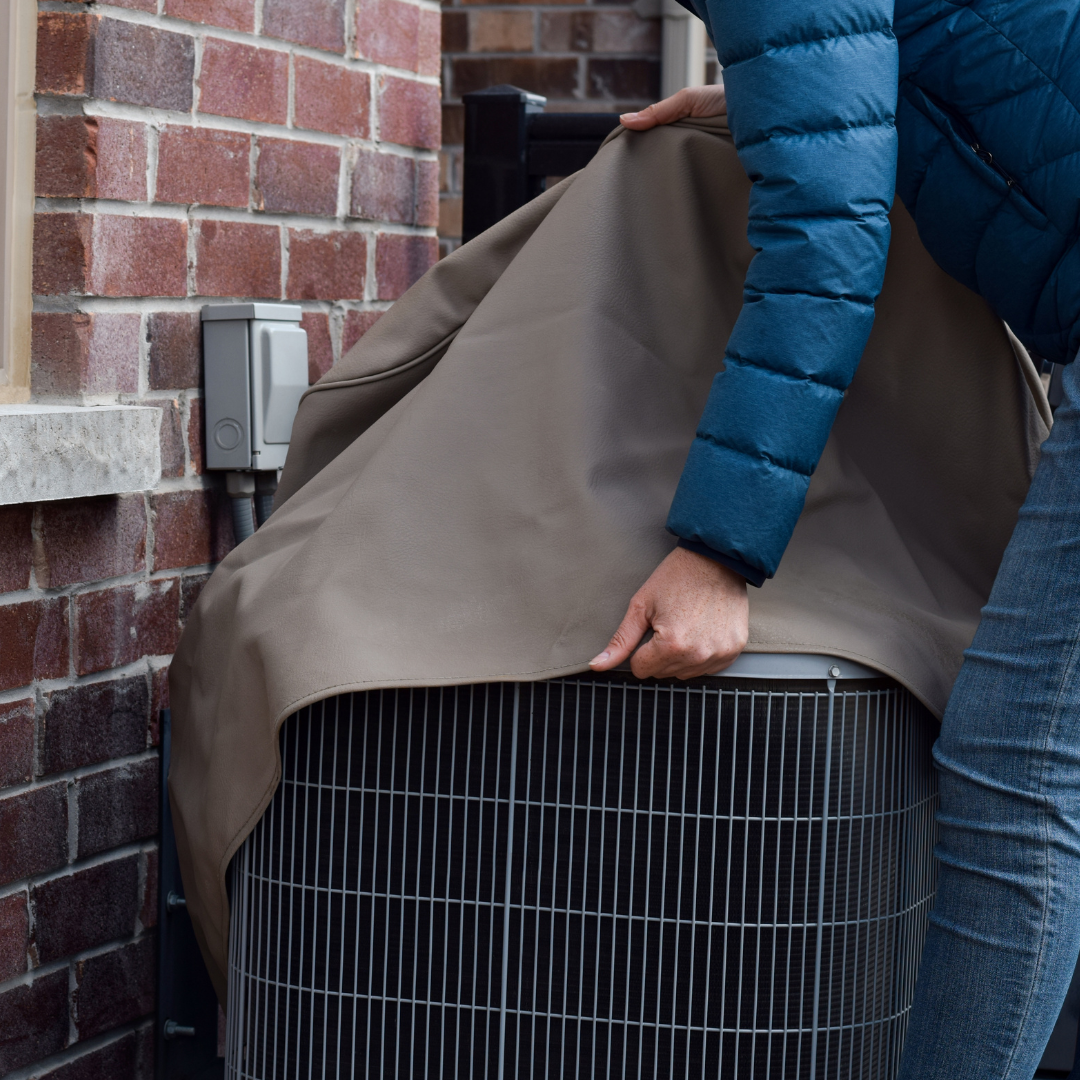As the days grow shorter and temperatures begin to drop, winter is right around the corner. Preparing your home for the cold season is more than just a routine chore—it’s a practical way to protect your property from damage and save on energy costs. By taking proactive measures to keep your home well-insulated and secure against harsh weather, you can avoid unexpected repairs and ensure you stay cozy and warm all winter long. Below is a comprehensive checklist that covers everything from pipes and heating systems to windows, doors, and more.
Understanding Your Home’s Winter Needs
Homes face a unique set of challenges in winter: freezing temperatures can lead to burst pipes, snow accumulation puts strain on roofs and gutters, and cold drafts can drive up heating bills. By understanding these risks in advance, you can take the right steps to prepare and protect your home. In this checklist, we’ll walk through the key areas to focus on—so you can enjoy a safe and comfortable winter with peace of mind.
1. Inspect and Insulate Pipes
One of the most common (and costly) winter problems is frozen or burst pipes. Taking a few preventive steps now can save you from expensive water damage later.
- Identify Vulnerable Pipes: Check areas like basements, crawl spaces, garages, and exterior walls where pipes are often exposed to colder temperatures. These sections are most at risk of freezing.
- Add Insulation: Wrap pipe insulation sleeves or heat tape around vulnerable pipes. Make sure to cover elbows and joints thoroughly, as these areas can be more prone to heat loss.
- Seal Gaps: Check for any holes or cracks in walls, floors, and foundations near pipes, and seal them to block out cold air.
- Call a Professional if Needed: If you’re unsure about the insulation process—or if your home has older or hard-to-reach pipes—consider hiring a plumber. A professional can ensure you’re using the best materials and techniques.
2. Ensure Your Heating System Is Up to Par
A reliable heating system is your first line of defense against the cold. Whether you use a furnace, boiler, heat pump, or another system, a little maintenance can go a long way.
- Perform a Basic Check: Turn on your heating system before the temperature plummets. Listen for unusual noises and pay attention to how quickly rooms heat up.
- Schedule Professional Maintenance: An HVAC technician can clean your system, replace filters, and spot potential issues. Regular tune-ups help maximize efficiency and extend the life of your heating system.
- Consider an Upgrade: If your heating unit is over 15 years old, it may be time to look into a modern, energy-efficient replacement. Upgrades can significantly reduce your energy bills in the long run.
- Test Thermostat and Airflow: Make sure your thermostat is functioning properly, and check vents or radiators for blockages to ensure warm air circulates effectively throughout your home.
3. Seal Windows and Doors
Drafty windows and doors not only let the chill in, but also drive up heating costs. Sealing these gaps keeps your home comfortable while saving energy.
- Check for Drafts: On a windy day, run your hand around windows and doors to feel for cold air sneaking in.
- Use Weatherstripping: Apply self-adhesive weatherstrips around the edges of doors and windows. This helps create a tight seal when they’re closed.
- Caulk Cracks: Look for cracks around window frames and door frames, and fill them with exterior-grade caulk. This stops cold air from penetrating your home.
- Consider Replacements: If windows or doors are very old or damaged, it might be more cost-effective in the long run to replace them with energy-efficient models.
4. Roof and Gutter Preparation
Your roof and gutters are on the front lines when it comes to winter weather. Snow, ice, and debris can all do serious damage if left unchecked.
- Clean Out Gutters: Remove leaves, twigs, and other debris so water and melting snow can flow freely. Clogged gutters can cause water to back up and freeze, leading to ice dams and potential leaks.
- Inspect for Damage: Look for missing, cracked, or loose shingles. Address these issues immediately to prevent leaks and water damage from melting snow.
- Check Attic Ventilation: Proper attic ventilation can help prevent ice dams by keeping your roof at a more consistent temperature.
- Seek Professional Advice: If you spot significant roof damage, or if it’s been a long time since your last inspection, hire a roofing professional to assess and repair any underlying issues.
5. Additional Winter Preparations
Beyond pipes, heating systems, and insulation, there are several other simple steps you can take to ensure a smooth winter season.
- Reverse Ceiling Fans: Most ceiling fans have a switch that reverses the blade direction. Running the fan clockwise at low speed helps circulate warm air from the ceiling down into living spaces.
- Cover Outdoor Faucets: Shut off and drain exterior faucets, then cover them with faucet protectors to prevent freezing.
- Create an Emergency Kit: Stock up on essentials like flashlights, batteries, bottled water, and non-perishable food. Winter storms can cause unexpected power outages, so it’s wise to be prepared.
- Review Your Insurance: Double-check your homeowner’s or renter’s insurance policy. Make sure it covers potential winter-related damages like burst pipes, roof damage from ice, or other cold-weather risks.
Conclusion
Winterizing your home isn’t just about preventing damage—it’s about creating a warm, safe haven when cold weather strikes. By tackling each task in this checklist, you’ll protect your property from costly repairs and keep your living space comfortable and energy-efficient. The key is to get started early, ideally before the first major freeze or snowfall. With a bit of proactive effort, you’ll be able to settle in for the season, confident that your home is ready for whatever winter has in store.
Take the time to perform these checks now, and enjoy the peace of mind that comes with a well-maintained, cozy home during the coldest months of the year. After all, the only thing better than sipping hot cocoa by the fire is knowing your winter preparations are complete—and your home is safe and snug.




